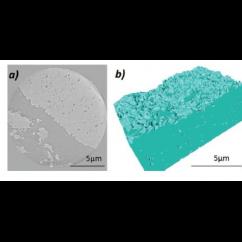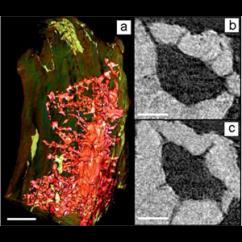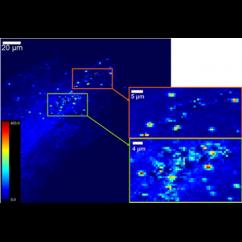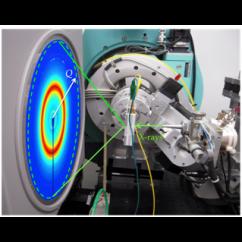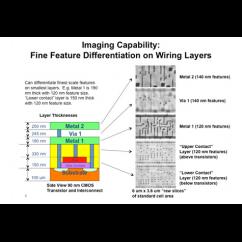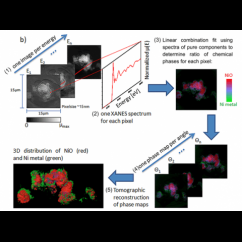X-ray Nanotomography Imaging for Circuit Integrity
As cell phones, computers, and other electronic equipment have become part of our daily lives, so too have integrated circuits. Also known as microchips, these semiconductors patterned with trace elements serve as the brains of electronic devices, controlling processes, storing data, and converting information from digital to analog, to name only a few applications. With their increasing prevalence, however, comes the increasing prevalence of malicious attacks. Integrated circuits are susceptible to "hardware Trojans" that can be inserted during production, testing, or distribution to cause failure or compromise the circuit.

